The Franklin river, (in)famously described as 'a brown ditch, leech-ridden and unattractive to the majority of people’ by Robin Gray, the premier of Tasmania in the early 1980's, is one of the last truly wild rivers in Australia thanks to one of the largest conservation battles in Australia. In 1979, the Hydro Electric Commission (HEC), supported by the Tasmania state government, proposed to dam the Franklin river and inundate parts of the Gordon and Franklin rivers in order to increase power production and employment for the west coast area. However, economists and academics were concerned that the economic benefits were limited and conservationists, who were outraged with the potential loss of important wilderness areas and one of the last wild rivers, organised large campaigns to make the issue known to all Australians and the international public. In 1981, the Tasmanian government held a referendum where Tasmanians could indicate their choice of 2 different locations for dams, but the option for no dams was not available. The result was that 44% of the voters wrote 'no dams' across their ballot. In 1982, although the federal (Australian) government nominated the Franklin-Gordon Wild Rivers national park together with 2 neighbouring national parks for UNESCO World Heritage listing, the state (Tasmania) government withdrew parts of the Wild Rivers national park to allow construction of the dams. The Franklin River Blockade in the summer 1982-1983, both on the Franklin and Gordon rivers as well as at HEC's headquarters, started on the same day that the West Tasmania Wilderness National Parks World Heritage Area was listed and resulted in the arrest of almost 1300 people (causing an overflow of local prisons). The state government challenged new federal legislation forbidding dam construction in world heritage areas by the new federal government in 1983 and it wasn't until the High Court later in 1983 ruled that the federal legislation was valid that all dam construction was stopped.
Days 4-7 were great rafting with some good rapids, but there were also several major portages; at some we carried all baggage and the rafts over the rocks. On day 4 the rain started and it rained on and off for the next couple of days. We, and particularly the guides, were happy with the rain as it raised the water levels in the river making some obstacles easier to negotiate. However, if the water levels are too high or are rising rapidly it is not possible to raft through the Great Ravine and the night of day 5 to day 6, before the main part of the Great Ravine, one of the guides was up all night to monitor the water levels. It was perfect timing though, the water level was high but not too high; if we had been one day later we would probably have got stuck before the Ravine. On day 7, half of the group (the 4 in the other raft who were on a 7-day trip) left us and 4 new people joined us for the last 4 days. It was a cold day so we all decided to climb up to the forest road to say goodbye to the 4 guys leaving us and welcome the new people and the fresh food rather than waiting near the rafts.
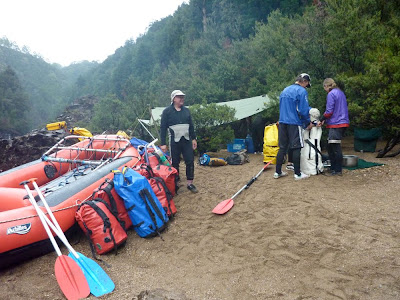
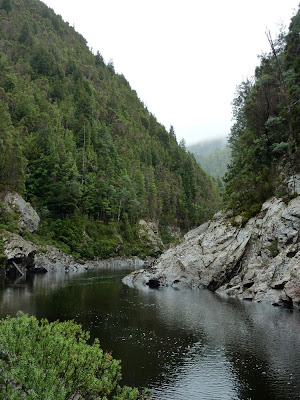
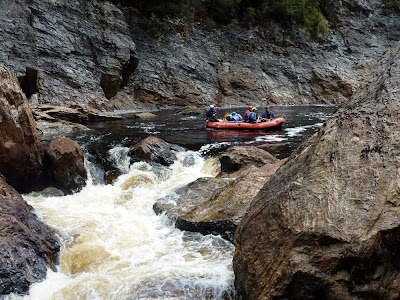

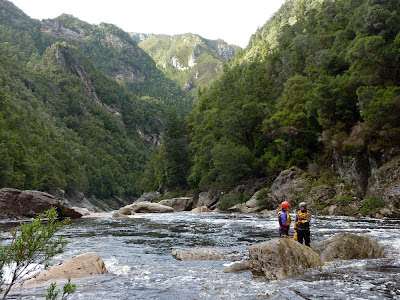

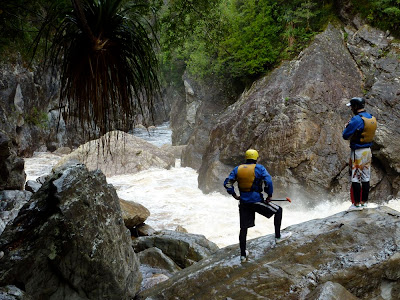
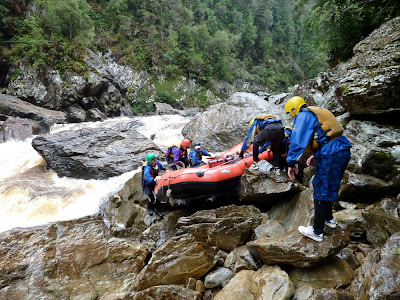
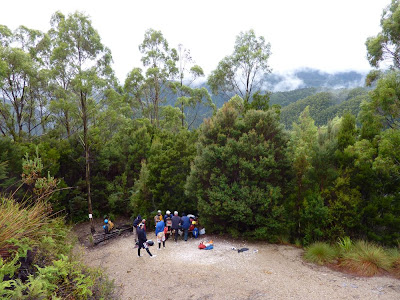


No comments:
Post a Comment